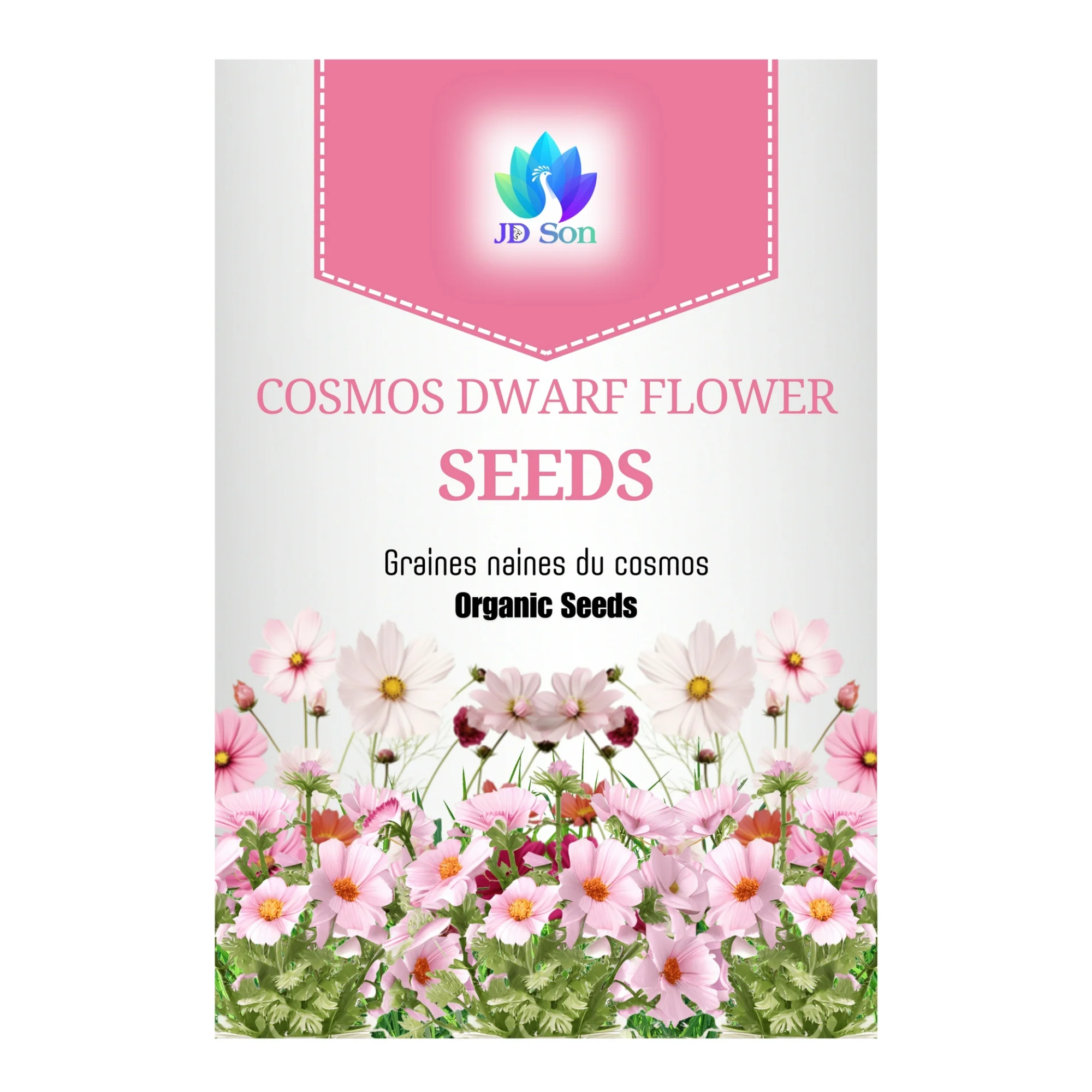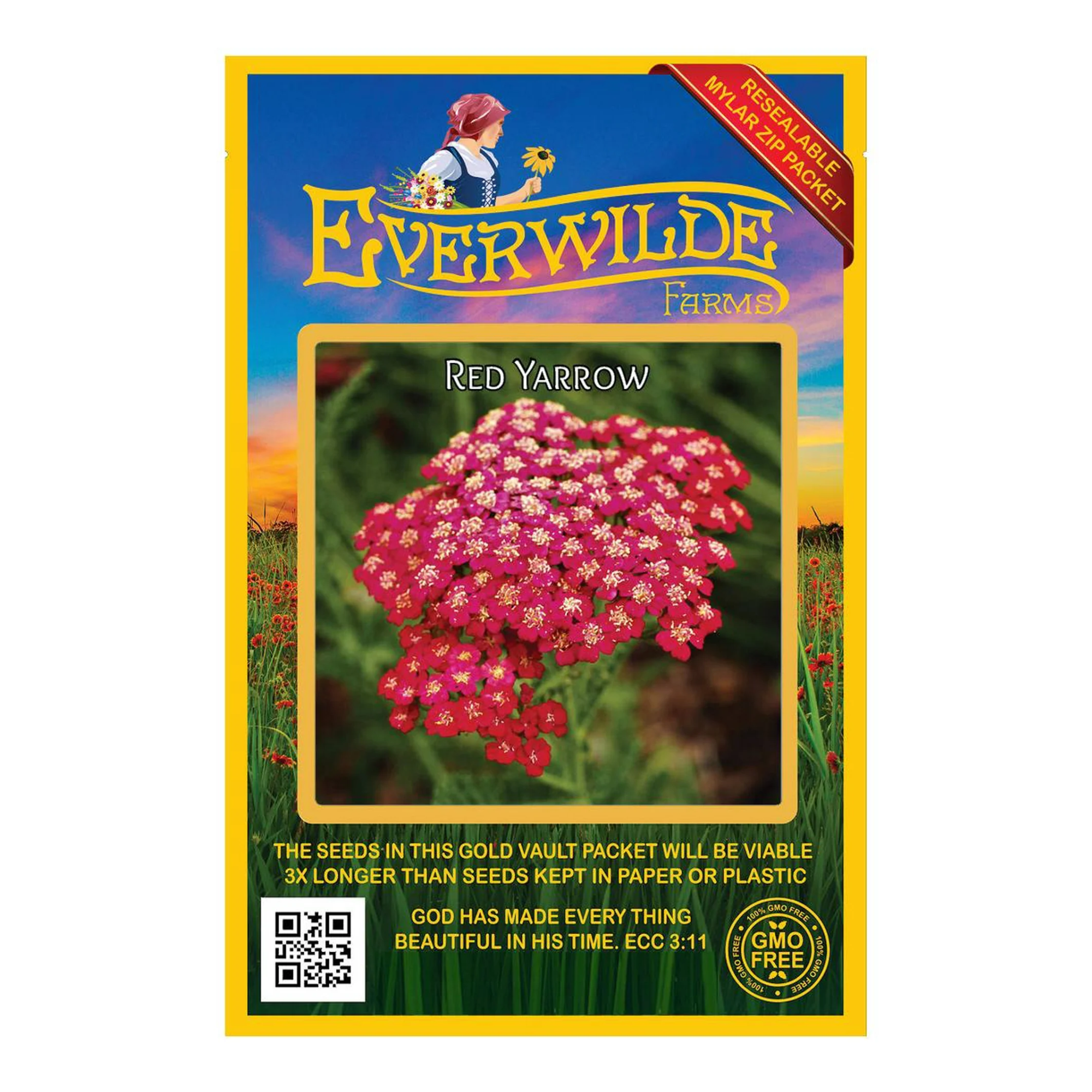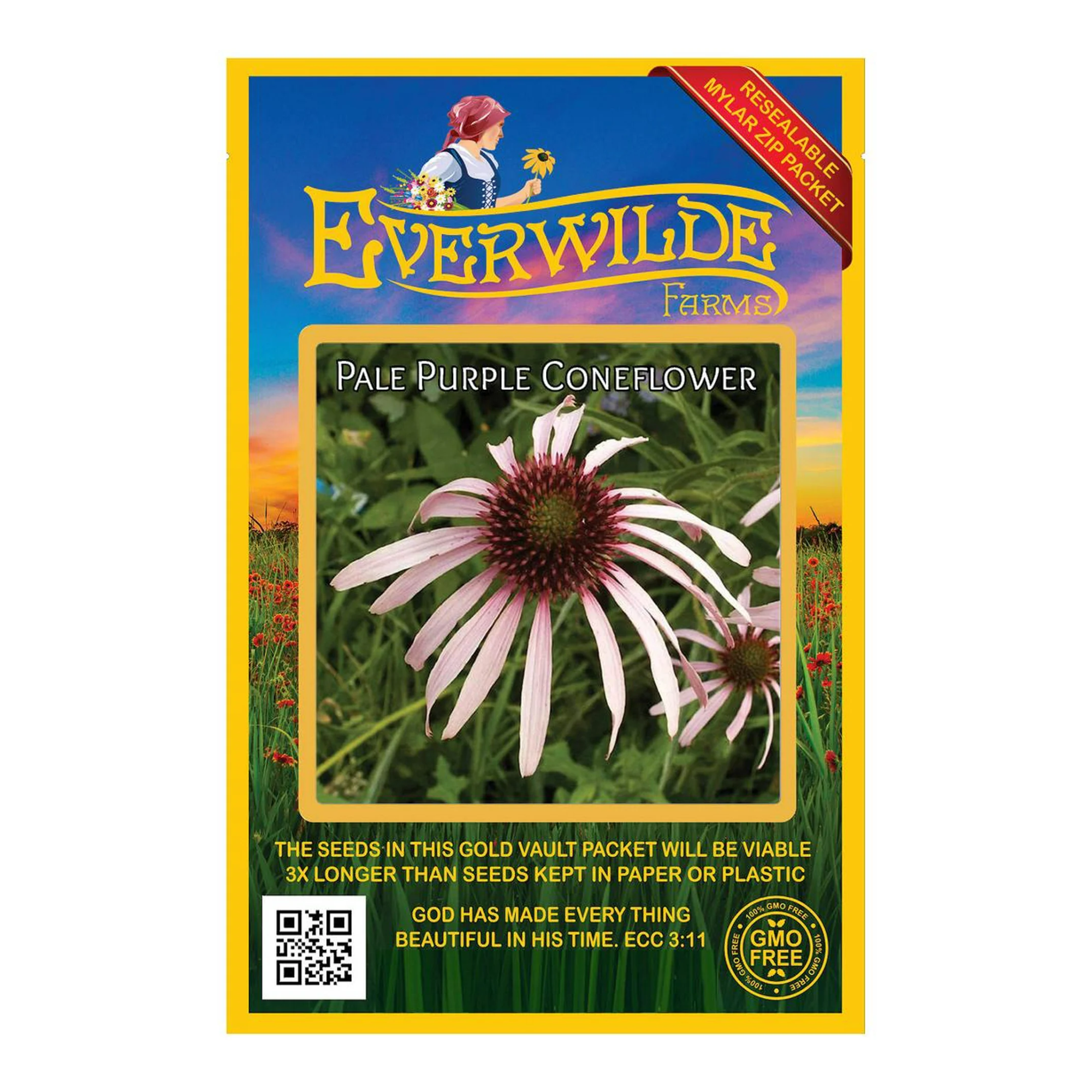6 Hardy Plants That You Can Grow Pretty Much Anywhere — Good-Looking Picks That Thrive in Poor Soil
Less-than-perfect soil will not stop these resilient growers from filling your yard with plants


If you feel like you've been personally targeted by the plant world and can't seem to keep any of your plants alive, no matter how much TLC you give them, there's a good chance that the problem lies in the soil.
Planting in poor soil can be a death sentence for many garden plants; however, you can't always avoid doing so, especially if that's the foundation of your yard. But instead of sowing plants that require high-nutrient soil and having to amend your garden soil, all you need to do is find yourself some crops that thrive in poor soil.
We spoke to the experts and they've given us some recommendations for plants that can grow almost anywhere. Try your hand at cultivating one of these hardy grows instead.
1. Cosmos
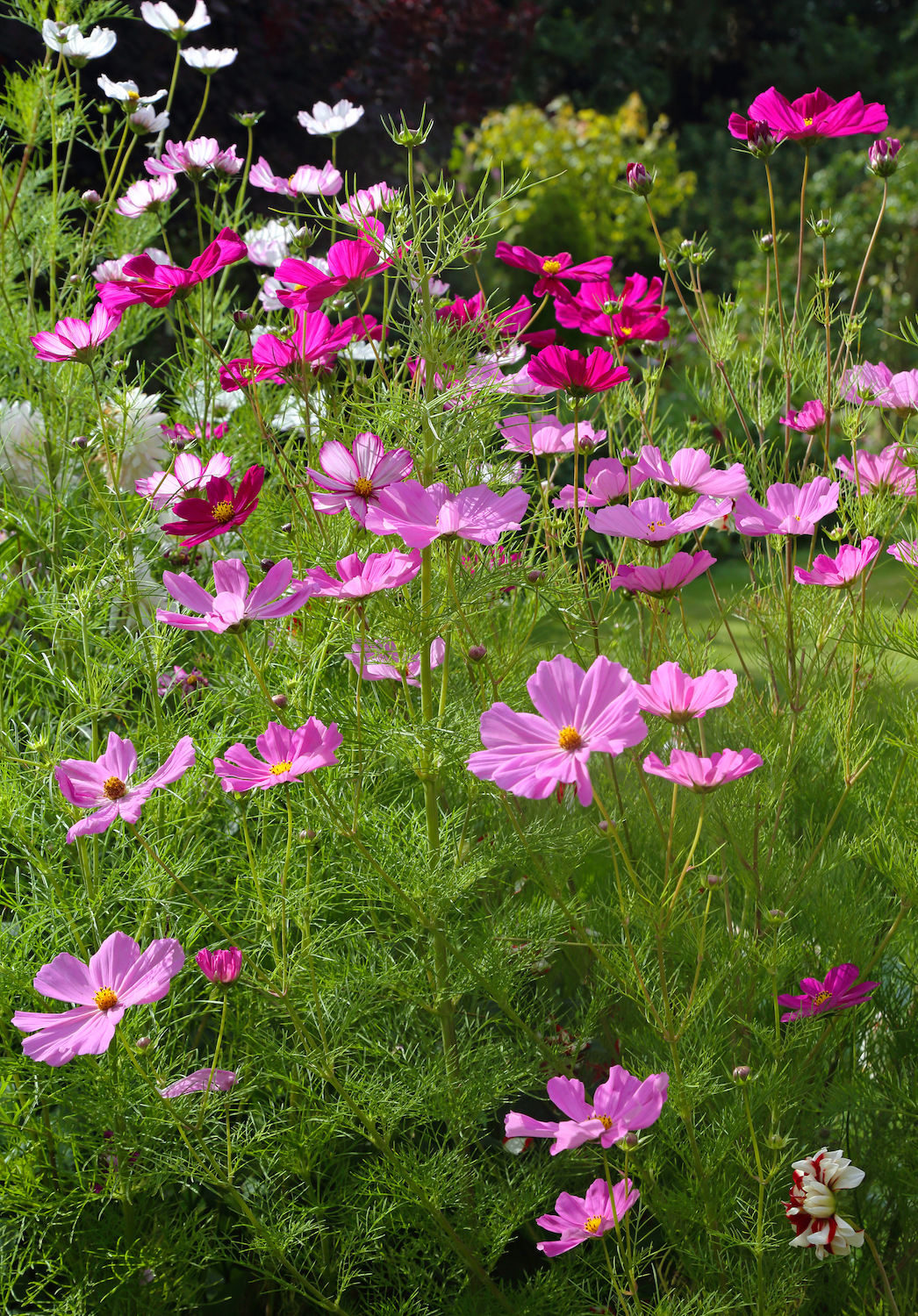
In conversation with flower expert Meredith Bishop, she tells us that cosmos are a brilliant option for poor soil settings. Native to Mexico, Meredith tells us that cosmos can readily withstand drought and poor soil.
If you're new to gardening and learning how to grow cosmos, these flowers are a great choice since they're very easy to maintain. "Grow them in your cutting garden, but skip the fertilizer on these guys, as they’ll actually perform worse for it," she says. "And even though they are annuals, it's best to readily reseed."
Hardiness Zones: 3 - 10
2. Yarrow

Known to be one of the more popular Mediterranean garden plants commonly adopted by landscape designers, yarrow is actually a great companion to poor soil conditions. Gardening expert Tony O'Neill tells us that yarrow is a tough plant that can grow in a variety of soils, including poor and sandy soils.
"It’s drought-resistant, attracts pollinators, and adds a lovely splash of color to any garden," he says. "These plants are not only hardy but also low-maintenance, making them ideal for gardeners dealing with less-than-ideal growing conditions."
Hardiness Zones: 3 - 9
3. Lavender

According to landscaping expert Scott McLeod, if you have poor soil in your backyard, you can't go wrong with lavender. "Lavender is extremely low-maintenance and deer-resistant, producing fragrant purple blooms," notes Scott.
There are many different types of lavender to choose from and the crop's sheer versatility makes it a lovely addition to any backyard. They grow prolifically and before you know it, your garden will naturally smell like a blissful floral perfumery.
Hardiness Zones: 5 - 10
4. Stonecrop
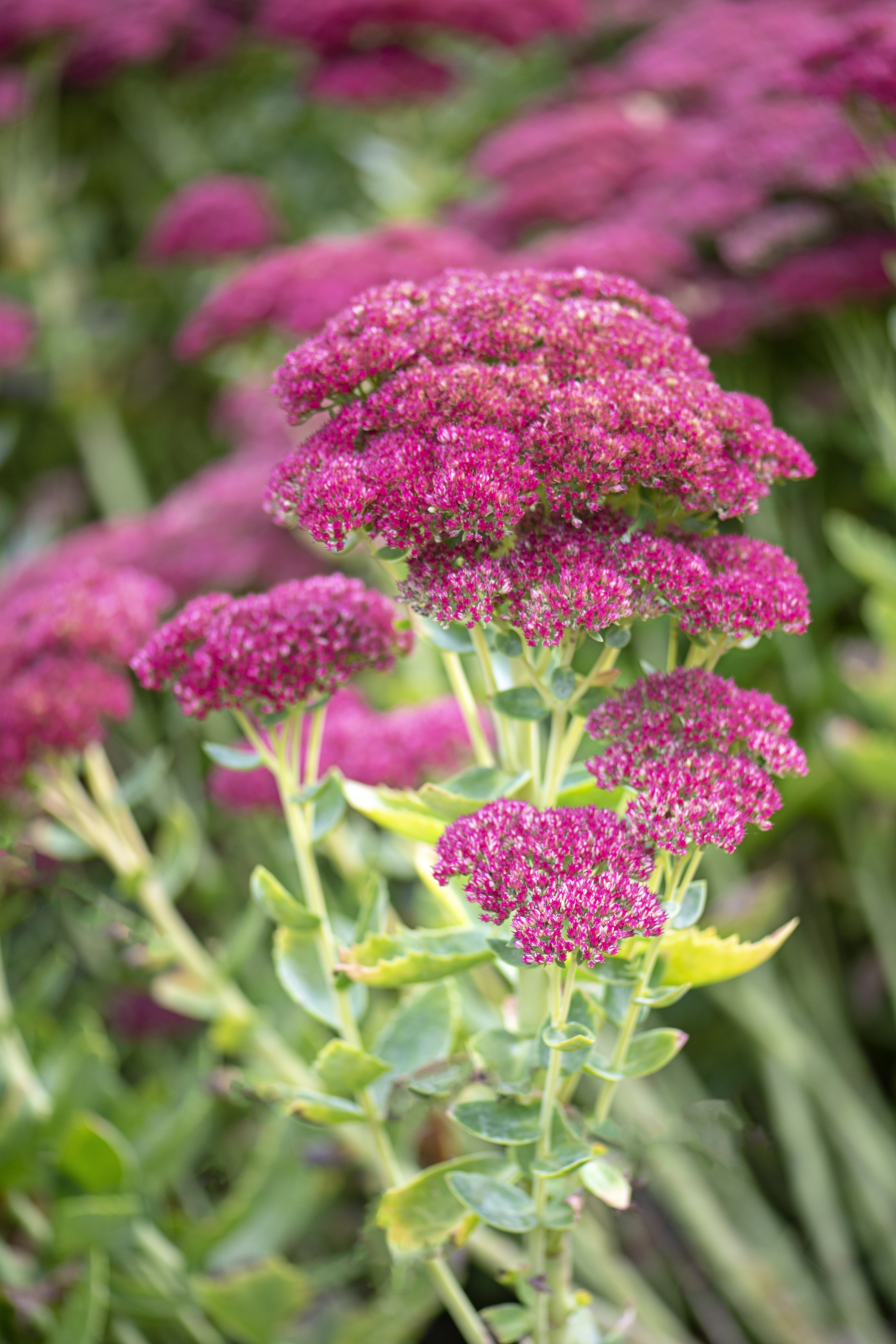
Stonecrop, also known as sedum, comes highly recommended by both Tony and Meredith. "Sedum is an incredibly resilient plant that can grow in a variety of conditions, including poor, rocky soil," explains Tony. "It’s a drought-tolerant plant and can handle full sun or partial shade, making it a versatile choice for challenging spots in the garden."
Meredith also makes a great point about stonecrop and tells us that sedum is one of the easiest perennials to propagate by cutting. "Simply place spring cuttings in the water and replant the rooted seedlings weeks later," she says. This is also a great option for flanking your garden walkways as it's one of the best plants for gravel paths.
Hardiness Zones: 3 - 9
5. Coneflower

A prized member of the full sun perennials plant category, coneflowers are pretty resilient to poor soil conditions. Meredith tells us that there are many varieties of echinacea and they all tolerate dry, rocky soils incredibly well.
She also points out that they’re also hugely attractive to pollinators and beneficial garden insects. Plus, we find that these dainty flowers add a whimsical touch to any garden space.
Hardiness Zones: 4 - 9
6. Black-Eyed Susan

Scott tells us that black-eyed susans don't require much coddling which is why they do so well in the absence of healthy soil. "They are cheerful yellow daisies that spread easily and tolerate poor soil," he says.
And if you end up planting fellow poor soil camper lavender, then you might as well give your garden some black-eyed susans planting since they're known to be one of the best lavender companion plants.
Hardiness Zones: 3 - 7
FAQs
What can help improve poor soil for plants?
Having a weak soil base is a big problem, especially if you're a green-thumbed gardening lover. But not all hope is lost since you can actually improve the weak soil by feeding it compost.
Organic food waste and soil fertilizer are very helpful in such cases. And if you're looking for some professional guidance, then contact your local landscaper to lend a helping hand.
Nitrogen is an essential nutrient in soil and is particularly helpful for plant growth. Without it, your crops will lack the nutrients needed for prosperous growth.
So if your soil seems to be nitrogen deficient, the easiest way to improve it is to treat it with a nitrogen-rich fertilizer solution. We love this nitrogen primer solution from Amazon.
You can always try and improve your soil condition or even opt for a container garden instead and buy fresh organic soil. But if you want the look of a quintessential ground garden, then sowing these hardy plants is probably your best bet.
These hassle-free plants are both easy to grow and beautiful to look at. So instead of attempting to make your poor soil work for you, make your plants work with the soil and you'll soon have the makings of a pretty flora-full backyard.
Be The First To Know
The Livingetc newsletters are your inside source for what’s shaping interiors now - and what’s next. Discover trend forecasts, smart style ideas, and curated shopping inspiration that brings design to life. Subscribe today and stay ahead of the curve.

Amiya is a Home Wellness Writer at Livingetc. She recently graduated with a Masters Degree in Magazine Journalism from City, University of London, and has lent her words to beauty, fashion, and health sections of lifestyle publications including Harper’s Bazaar and Women’s Health. Her experience as a research analyst has equipped her with an eye for emerging trends. When she’s off the clock, she can be found reading, listening to music, or overanalyzing her latest Co-Star update.
-
 The Weighted Blanket That Doesn’t Make You Sweat (and the Eye Mask to Match)
The Weighted Blanket That Doesn’t Make You Sweat (and the Eye Mask to Match)Luxury has weight. And apparently, volcanic minerals
By Julia Demer
-
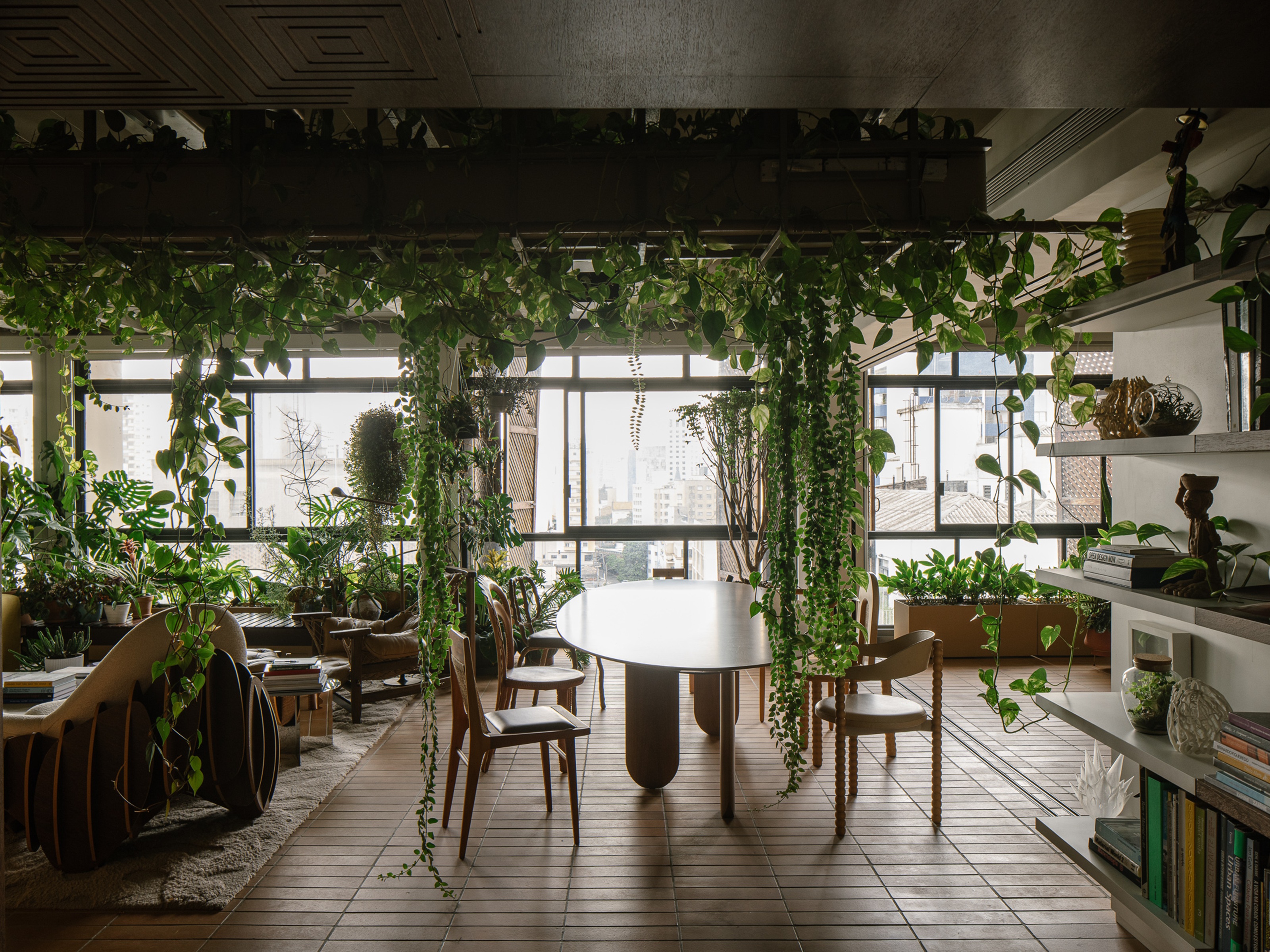 What Is Biophilic Interior Design? I'm an Actual Biophilic Designer, and This Is How to Apply It to Your Home
What Is Biophilic Interior Design? I'm an Actual Biophilic Designer, and This Is How to Apply It to Your HomeA biophilic designer explains the core principles of this practice, and the easy ways you can apply it to your home's design
By Marianna Popejoy
